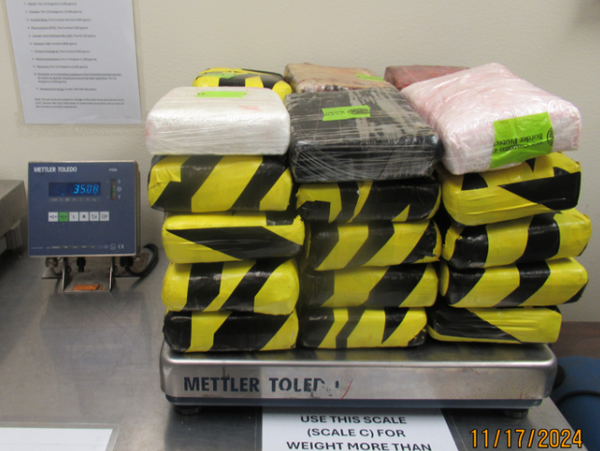
For many of us, the idea of driverless cars zooming around the capital feels plucked from the pages of a sci-fi novel. And yet, Uber says it’s “ready to go” with self-driving vehicles in this country right now.
The UK is a champion of self-driving technology thanks to London-based Wayve, which has tested its vehicles on the capital’s streets and counts Uber as an investor.
See also: How autonomous car drove me through London past Big Ben and Trafalgar Square with no hands on wheel
But whether or not driverless cars actually come within the M25 is where things get complicated — in large part due to London’s road system. “Wayve is a really interesting company doing really interesting things, and testing in London,” says Dr Jack Stilgoe, an expert in self-driving vehicles at University College London.
“They say London is a particularly hard testing ground for a self-driving vehicle. If you can make it there, you can make it anywhere.”
Andy Marchant, a traffic expert at TomTom, says London “presents a far more complex landscape” than the wide streets and city grids of the United States or Middle East.

“While I can envision autonomous zones emerging along more controlled, arterial routes like the North Circular, A4, or A2, central London remains a far more challenging environment for this technology,” he continues.
The capital’s narrow, typically two-lane roads are cluttered with obstacles — from stationary buses at stops and delivery vehicles parked at the kerbside to unpredictable cyclists and millions of tourists glued to their smartphones, rather than looking at the world around them.
“These conditions present a unique challenge for AV systems, which rely heavily on sensors to navigate safely,” says Marchant.
“Until automated driving systems can reliably navigate these dense, unpredictable streets, the widespread adoption of self-driving vehicles in the heart of London seems a distant prospect.”
Stilgoe agrees, explaining “cities are not just different places with different infrastructures, they’re also different cultures”.
Despite the roadworks, a destination does appear to be pre-programmed: self-driving vehicles are coming to UK roads— and were meant to be arriving as early as next year, following the May 2024 passing of the Automated Vehicles Act. That timeline has now slipped to 2027, the Department of Transport recently confirmed, although it says it’s “working quickly” to implement legislation.
Another significant hurdle not to be ignored is London’s woeful 5G and GPS signal, with self-driving systems relying heavily on both.
“The dense architecture of central London can significantly degrade GPS signal quality, further complicating accurate positioning which is a critical component of autonomous driving,” Marchant says.
The two-track way in which London is diverging from the rest of the country is also a challenge. “The big issue for any company interested in self-driving cars is that the city has been trying to get rid of cars for the last 10 or 20 years,” says Stilgoe. “For London, it’s not clear what problems self-driving vehicles solve.”
Regardless, London is already benefiting from the technology. “We’re seeing London buses start to use some of the spin-offs from self-driving technology, which isn’t the same thing as a robot car, but is an interesting spin out from innovation,” Stilgoe says.
Rather than pinpointing a date, he says we ought to be asking something different. “The question is not ‘When will we see these things?’ It’s, ‘Where will we see them, and in what form?’”







